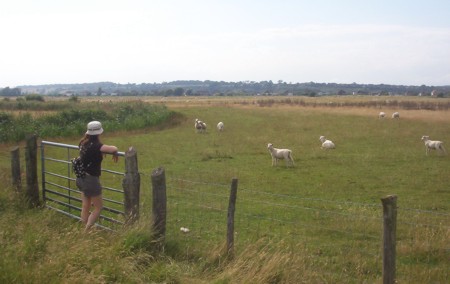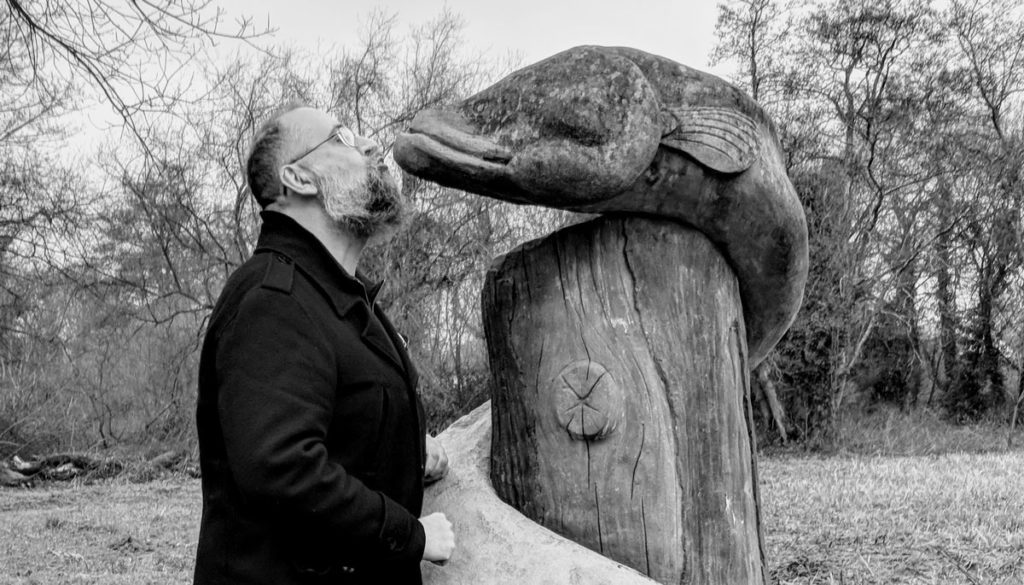Do virtual fences spell the end of barbed wire?
- Complaining about the Mainland - 17th August, 2024
- New island designation – is it just greenwash? - 26th April, 2024
- Police and Crime Commissioners – a solution or a problem? - 21st April, 2024
The Ranger spent much time in his youth, as do most if not all young rangers, erecting fences, usually the wire sort to contain livestock. When he was not doing that, there was always the pleasure of taking them down again: and anyone who has tried to tidy up an old barbed-wire fence will know just what a dismal job that is.

So he was intrigued and slightly concerned to hear of the latest development from the Commonwealth Scientific and Industrial Research Organisation (CSIRO) in Australia (via Science Blog):
The project is focussed on developing an animal-friendly virtual fencing system for cattle that enables the animals to be confined without using fixed fences. At this stage in the development of what is designed to be a commercial product, the research team has developed a prototype system and successfully demonstrated its use on a herd of cattle. CSIRO’s Dr Andrew Fisher said the system works in a similar way to a conventional electric fence for livestock, except that the fence is invisible. It is a major improvement on existing virtual fencing approaches. “The boundaries are drawn entirely by GPS and exist only as a line on a computer,” Dr Fisher said “There are no wires or fixed transmitters used at all. Importantly, what we’re developing, achieves the same result as a conventional fence but without the need for posts and wire.” The system employs electronic collars which emit a sound to warn the cattle when they are approaching a virtual boundary line.
Sounds interesting. It’s not completely innovative – such devices already exist in some form or other – marketed domestically to keep dogs in the garden and that sort of thing. But the use of the GPS collar is the interesting bit – it means that the farmer can redraw his fences without even leaving his home. Very useful in the Outback, no doubt, but also maybe with some interesting applications closer to home. A big problem for fencing animals when people are around is that the people tend to interfere with the fencing, leave gates open, and so on, and thus the animals escape. Possibly an invisible fence would prevent this. However, on the other hand, maybe even the best-behaved cattle might be persuaded to run through an invisible fence when pursued by a dog – so perhaps this scheme will never entirely replace the old-style fence. The Ranger’s own experience of GPS also suggests that there are often ‘dead spots’, especially under trees and next to big cliffs and so on. And you’d better believe that if there’s a gap, the cattle will find it – sheep even more so. So probably rangers everywhere can look forward to many more years of leaning on the shuv-holers yet.




Hmmmmmmmm, virtual fences eh? What happens when the batteries run out on the collers? Aaaand……Ermmmmm, It don’t take tooooo long for an animal to suss out that NOISE doesn’t hurt it……….Oh well……Maybe we can have virtual prisons as well with virtual guards and…and………
John